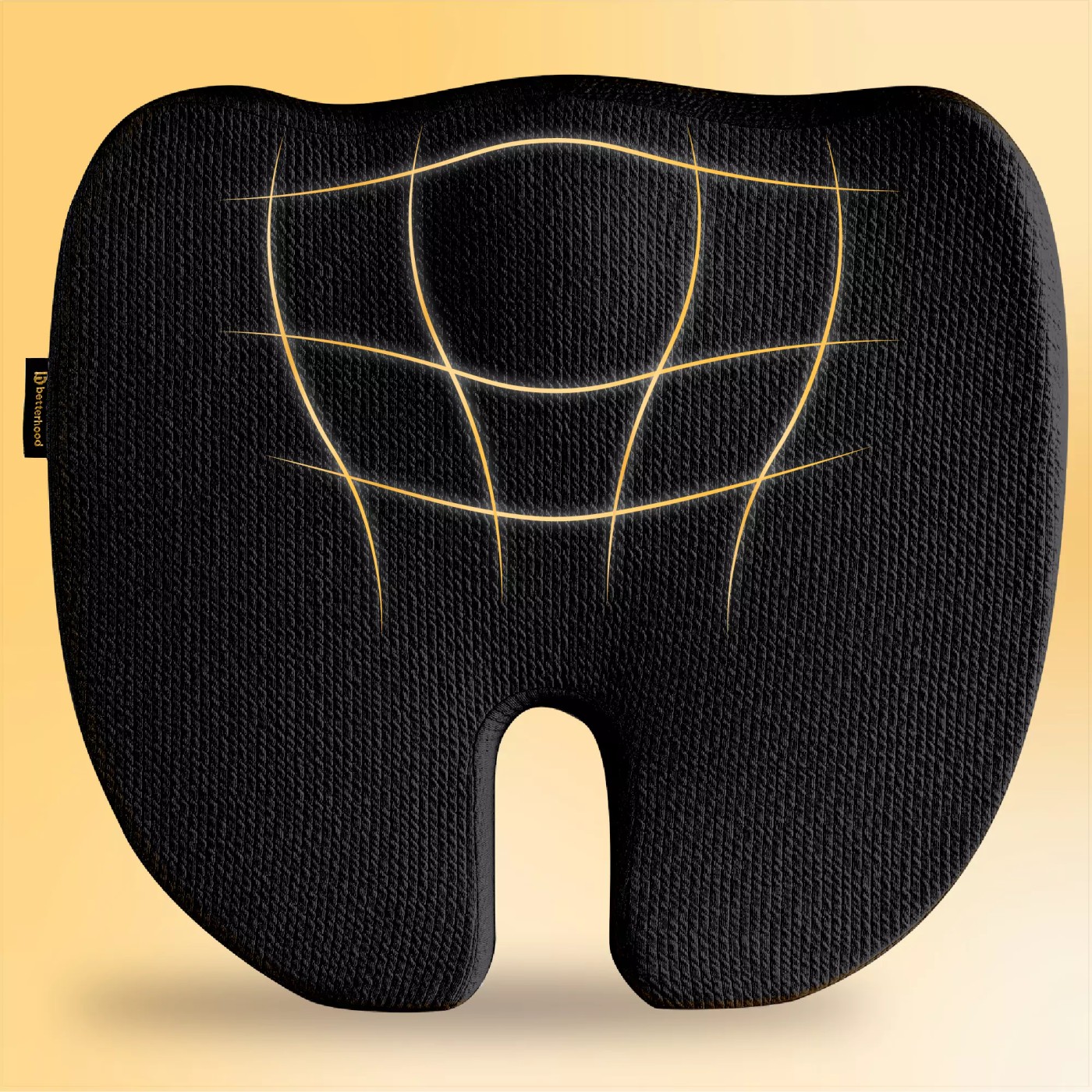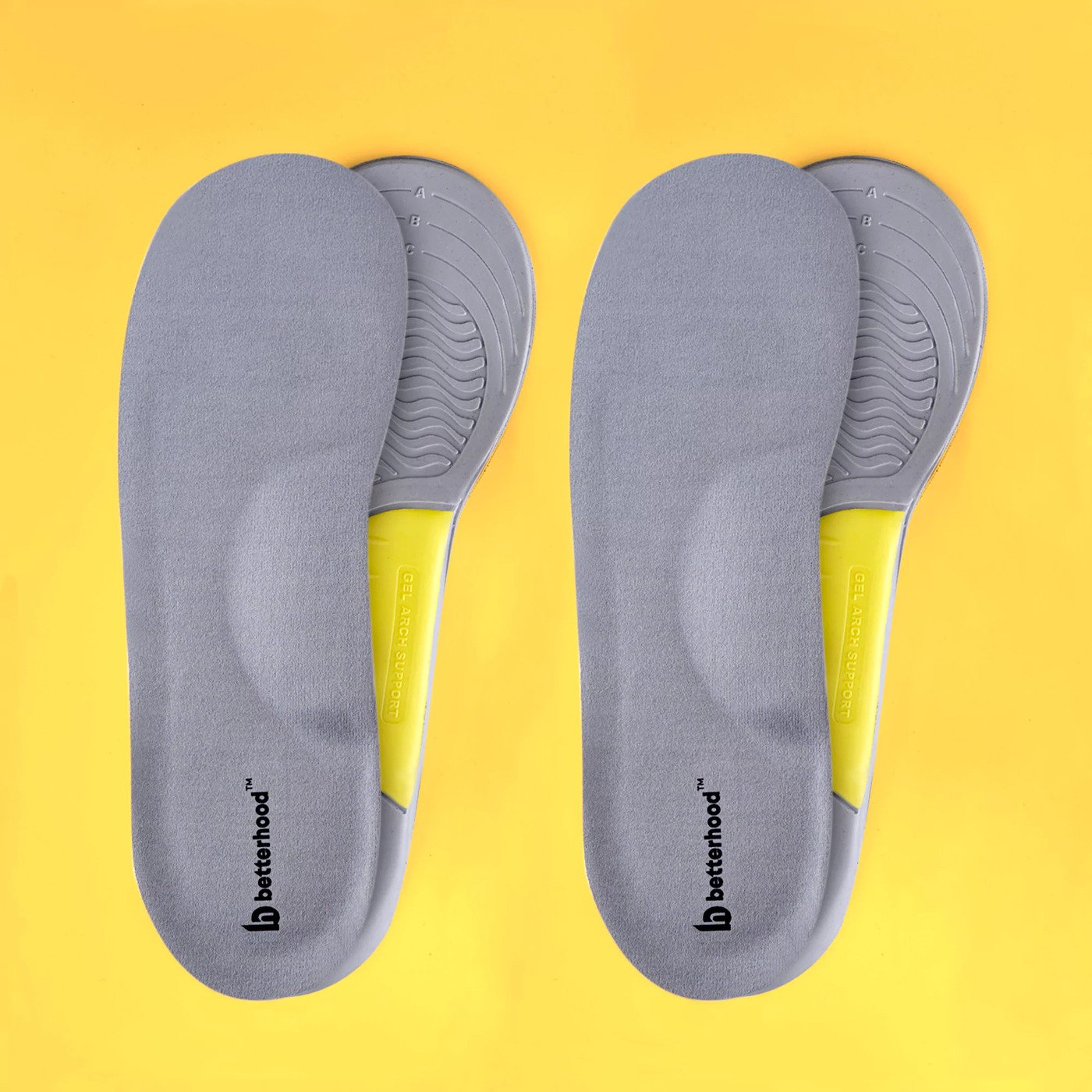Imagine this: After a full day juggling work deadlines, family duties, and errands, you finally sit down hoping to relax. But instead of relief, your back aches and your chair just feels uncomfortable. Sound familiar? For many busy adults between 25 and 55, who are not only working professionals but also the go-to decision-makers at home, everyday comfort is no longer a luxury; it’s a necessity. That’s where dual-layer gel technology steps in, offering smarter, more supportive solutions to ease the strain of daily life.
What Is Dual Layer Gel Technology?
Dual-layer gel technology is all about smart comfort. It uses two different gel layers working together in a single product to give you the best of both worlds: softness and support. The top layer is usually plush and gentle, giving that instant cushiony feel when you sit or lie down. Beneath that, a firmer layer adds the structure needed to support your body properly. Together, they help spread your weight evenly and adapt to your unique shape, making long hours of sitting or resting feel a lot more comfortable.
How It Differs From Single Layer Gel
Unlike single-layer gel setups that feel the same all the way through, dual layer gel designs bring in a smart mix of firmness. With a softer top and a firmer base, they create a gentle gradient that better supports your body. This layered structure helps relieve pressure more effectively and keeps you comfortable even when you’re sitting or lying down for hours at a stretch.
How Does Dual Layer Gel Technology Work?
Structure of the Dual Gel Layers
- Top Layer: A gentle, soft gel that molds to your body’s curves, giving you instant comfort the moment you use it.
- Bottom Layer: A stronger, firmer gel that acts as a solid base, supporting your weight and helping the product keep its shape day after day.
Materials Used in Each Layer
Common materials used include:
- Viscoelastic Gel: Famous for its slow response time and ability to mold closely to your body’s shape.
- Polyurethane Gel: Valued for its durability and consistent support, making sure the comfort lasts.
Typically, these gel layers are encased in a firm foam base that adds stability and extends the product’s lifespan.
Mechanism for Comfort and Cooling
The dual-layer design doesn’t just ease pressure on your body, it also helps keep you cool. That’s a big deal, especially when it comes to mattresses and cushions where trapped heat can make things uncomfortable fast. Encouraging better airflow and letting heat escape, it helps you stay cooler, fresher, and more comfortable, whether you’re sleeping or sitting for long hours.
What Are the Key Benefits of Dual Layer Gel Technology?
Enhanced Comfort and Pressure Relief
Dual-layer gel systems have been shown to reduce peak pressure points, thereby enhancing comfort. For instance, a study evaluating various cushions found that certain gel configurations effectively lowered interface pressures, contributing to increased user comfort.
Improved Temperature Regulation
The inherent properties of gel materials allow for better heat dissipation. This characteristic helps maintain a comfortable temperature, especially during extended periods of use.
Long-Lasting Support and Durability
The blend of soft and firm gels helps the product maintain its shape and support, even with regular use. This means you won’t have to deal with sagging or wear anytime soon, making it a long-lasting option that saves you from frequent replacements.
Where Is Dual Layer Gel Commonly Used?
Mattresses and Bedding Products
Incorporating dual-layer gel into mattresses can enhance sleep quality by providing balanced support and reducing pressure points, leading to fewer disturbances during the night.
Office and Wheelchair Cushions
For individuals who spend extended periods sitting, such as office workers or wheelchair users, dual layer gel cushions can alleviate discomfort and reduce the risk of pressure ulcers .
Medical and Orthopedic Uses
Dual-layer gel technology is utilized in various medical applications, including orthopedic supports and prosthetics, to improve patient comfort and compliance.
Why Choose Dual Layer Gel Over Traditional Foams?
Comparative Advantages
Compared to traditional foam, dual-layer gel offers:
- Better Pressure Distribution: Reduces the risk of pressure sores.
- Enhanced Comfort: Adapts to body contours more effectively.
- Temperature Regulation: Maintains a cooler surface during use.
Cost vs. Performance
While dual-layer gel products may have a higher upfront cost than traditional foam options, their durability and enhanced comfort can offer better value over time.
How Should You Maintain Dual-Layer Gel Products?
Cleaning Recommendations
To maintain hygiene and prolong the lifespan of dual-layer gel products:
- Regular Cleaning: Wipe surfaces with a damp cloth and mild detergent.
- Avoid Harsh Chemicals: These can degrade the gel materials.
- Dry Thoroughly: Ensure products are completely dry before use to prevent mold growth.
Longevity Best Practices
- Rotate Usage: If possible, alternate the product’s orientation to promote even wear.
- Inspect Regularly: Check for signs of wear or damage and replace as needed.
Frequently Asked Questions:
1. How does dual-layer gel differ from single layer gel?
Dual layer gel combines two distinct gel densities to offer both immediate comfort and lasting support, whereas single layer gel provides uniform density throughout.
2. Does dual gel improve sleep quality?
Yes, by reducing pressure points and enhancing comfort, dual layer gel mattresses can contribute to better sleep quality.
3. Can dual-layer gel mattresses help with heat regulation?
Yes, the gel layers promote improved airflow and help dissipate heat, which works to keep your sleeping environment cool and comfortable throughout the night.
4. What materials are typically used in dual-layer gel products?
Common materials include viscoelastic and polyurethane gels, often combined with supportive foam bases.
5. How long does a dual-layer gel product last?
Dual-layer gel products can maintain their supportive feel for many years with proper care, though how long they last depends on how frequently and properly they are used and maintained.
Note: It’s always best to speak with medical professionals or the product manufacturers directly for specific product details and tailored advice.






